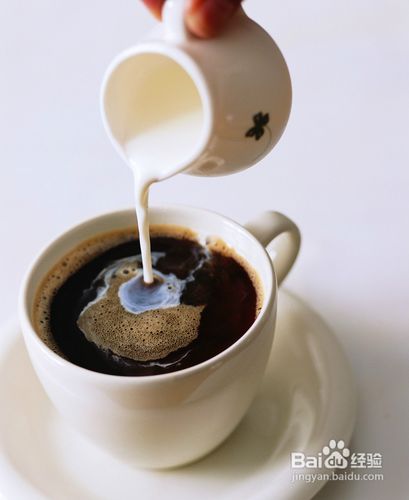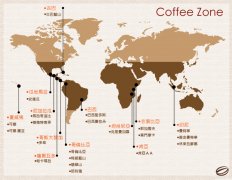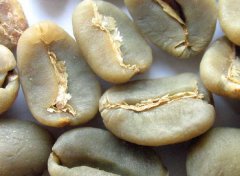What kind of coffee can be called fine coffee and what kind of coffee is it?
As a proper term, coffee tasting (Specialty Coffee) was first put forward by Ms. Erna Knustsen, who is known as the godmother of boutique coffee, in the Tea and Coffee monthly (Tea& Coffee Trade Journal) in 1974, which showed that "only in the most favorable microclimate and soil and water can we cultivate high-quality coffee with unique flavor". The aim is to distinguish it from the commercial coffee in New York futures market.
In 1972, Ms. Knudsen co-founded the American Fine Coffee Association (SCAA,Specialty Coffee Association of America) with six others, including Donald N. Schoenholt, and the word "specialty coffee" became a global language. Knudsen has always been opposed to the coffee industry blindly pursuing the invariance and monotonicity of flavor with low-cost formula beans, ignoring the unique "Terroir" of coffee from different producing areas, that is, different soil, variety, climate, and soil and water, resulting in different coffee flavor, which is the soul of fine coffee. Without the unique regional flavor, it is not fine coffee, but ordinary commercial beans or canned coffee (large canned coffee beans or powder).
Ms. Knudsen first put forward the concept of boutique coffee, emphasizing the relationship between upstream planting environment and coffee quality. Today, the American Fine Coffee Association has redefined the concept of boutique coffee:
Carefully select the most suitable variety and plant it in the altitude, climate, soil and water environment that is most conducive to the development of coffee flavor. Careful washing and sun processing, select the most advanced raw beans without defects, and deliver them to customers with zero defects in the transportation process. After the superb craftsmanship of the roaster, it leads to the richest regional flavor, and then brews delicious coffee in a recognized way of extraction.
According to this definition, the connotation of fine coffee not only includes the most core factor of planting environment, but also includes three key processes: raw bean treatment process, baking process and extraction (brewing) process. In short, high-quality coffee should be a trinity of "good raw beans, good roasting and good extraction".

Important Notice :
前街咖啡 FrontStreet Coffee has moved to new addredd:
FrontStreet Coffee Address: 315,Donghua East Road,GuangZhou
Tel:020 38364473
- Prev

This article takes you into the world of boutique coffee and have a cup of boutique coffee.
SCAA, the full name Specialty Coffee Association ofAmerica, translated into Chinese as the American Special Coffee Association, and a small number of people call it the American Fine Coffee Association. SCAA is the largest coffee trade association in the world and a trade organization focusing on high-quality coffee. Founded in 1982, SCAA has more than 3, 000 member companies in more than 40 countries around the world, including coffee
- Next

The way the sieve is graded is by the size of the green coffee beans. Fine coffee
The method of sieve classification is the method of classifying green coffee beans according to their size. Raw beans are passed through a perforated iron sieve to determine the size of the beans and thus the grade. The hole size unit of the screen is 1/64 inch (less than 0.4mm), so the number of screens indicates that there are several 1/64 inches, such as the size of the 17th screen is 17/64 inches, about 6.75mm, so the screen
Related
- Beginners will see the "Coffee pull flower" guide!
- What is the difference between ice blog purified milk and ordinary milk coffee?
- Why is the Philippines the largest producer of crops in Liberia?
- For coffee extraction, should the fine powder be retained?
- How does extracted espresso fill pressed powder? How much strength does it take to press the powder?
- How to make jasmine cold extract coffee? Is the jasmine + latte good?
- Will this little toy really make the coffee taste better? How does Lily Drip affect coffee extraction?
- Will the action of slapping the filter cup also affect coffee extraction?
- What's the difference between powder-to-water ratio and powder-to-liquid ratio?
- What is the Ethiopian local species? What does it have to do with Heirloom native species?

